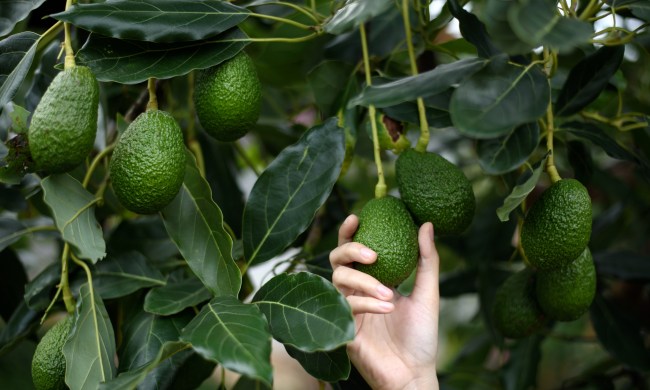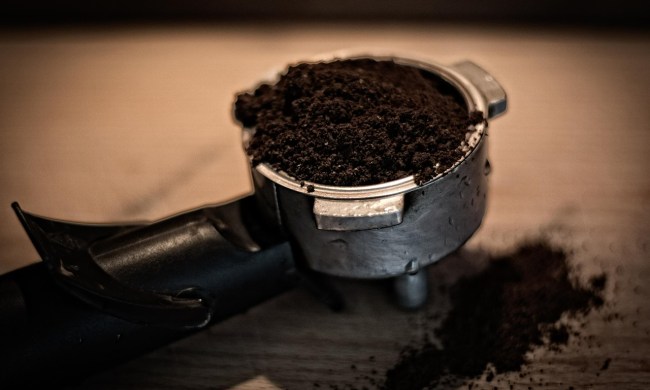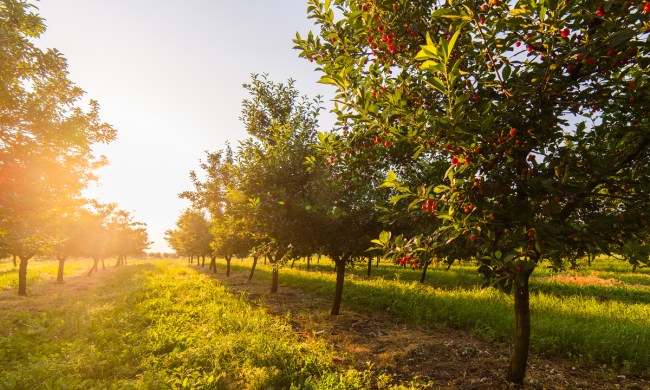Corn is a delightful food, whether you eat it creamed, on the cob, or mixed into soup. It’s easy to find both fresh and frozen in stores and can even be grown at home. However, its classification can sometimes be confusing. Is corn a fruit or a vegetable? Furthermore, corn is often referred to as a grain. What is a grain? Are grains fruits or vegetables, or something entirely different? If you’ve wondered about these questions, or if you haven’t before but are wondering now, then don’t worry. We have the answers you’re looking for.
What is a fruit?
There are different kinds of fruits, including berries, dry fruits, and fleshy fruits, depending on the exact structure of the fruit, but there are a few things they have in common. Fruits are typically produced when the flower is pollinated, which causes the plant to produce seeds. The flower’s ovum then becomes a fruit around those seeds. The rest of the flower falls away until only the fruit is left. Some plants will produce fruit even without pollination, which results in seedless fruit.
This definition includes all the things you might typically think of when you hear the word fruit, like apples, pears, and oranges. However, it also includes foods that we traditionally think of as vegetables. Tomatoes, eggplants, cucumbers, and even avocados are all the fruits of their respective plants.
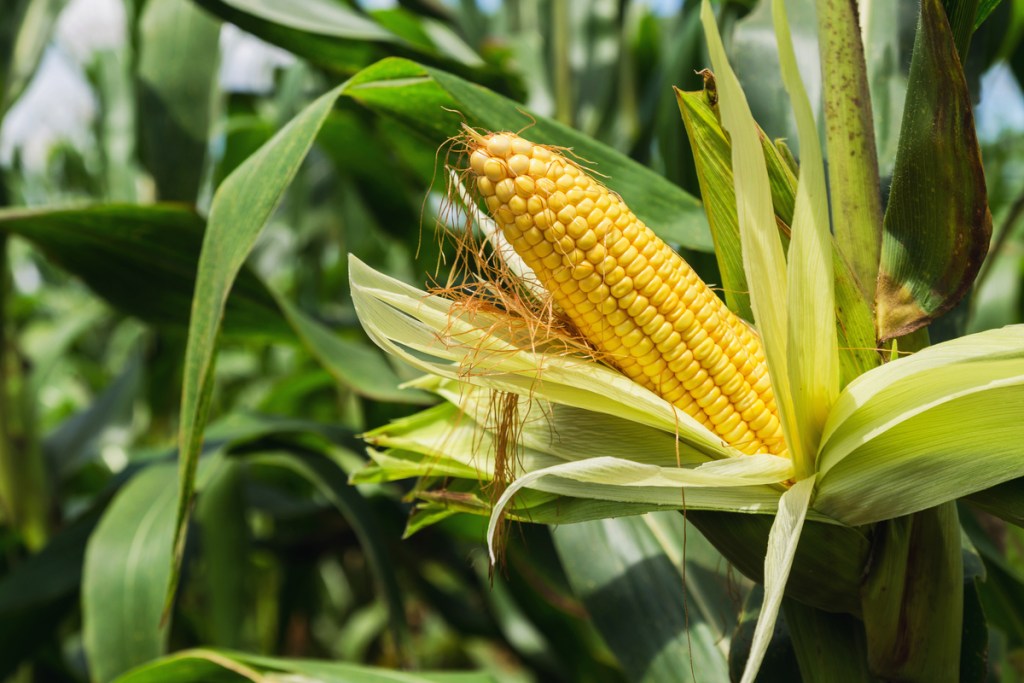
What is a vegetable?
While fruits are one specific part of the plant, vegetables can be any part. They can be the leaves, fruit, flower buds, roots, or stem of a plant. The more important thing for vegetable classification is how it’s eaten. To qualify as a vegetable, it has to be eaten in savory meals or with protein. This is why lettuce is considered a vegetable while dandelion leaves aren’t. Lettuce is eaten with a wide variety of proteins on sandwiches and salads, but dandelion leaves, although they can be eaten in the same way, aren’t eaten as often.
This means that any edible fruit could hypothetically be a vegetable, but not every vegetable is a fruit. Lettuce, carrots, artichokes, beets, and potatoes are all only vegetables. Pumpkins, zucchini, and peppers are both fruits and vegetables, while pears, raspberries, and blueberries are only fruits.
What is a grain?
Grains are the seeds and sometimes the seed husks or surrounding fruits of a plant that are used for animal feed and human consumption. Often they’re ground into flour for baking, but there are other uses for them as well. Most grains come from the grass family, Poaceae or Gramineae, but a few don’t. Most notably, quinoa and buckwheat are common grains that aren’t in the grass family.
Since grains are an edible part of a plant and are frequently served in savory meals or alongside proteins, they generally qualify as vegetables. Grains are also technically fruits. They’re produced from the flowers of the plant, and they contain the seeds. However, the fruit of the grain isn’t always used in every grain product. In some cases, only the seed itself is used.
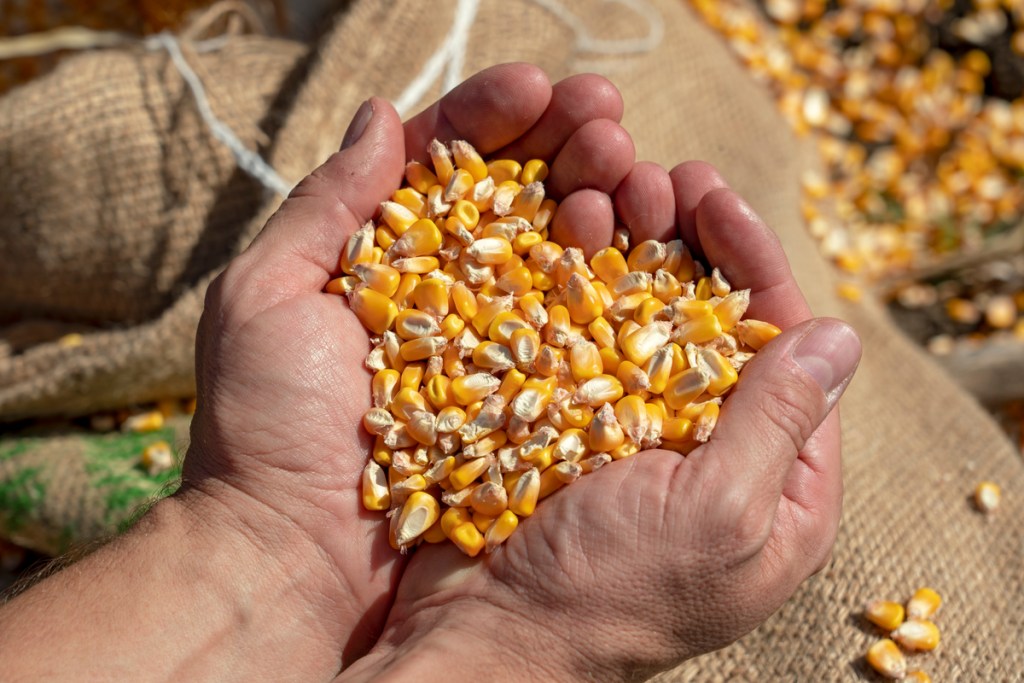
What is corn?
Corn is a fruit, a vegetable, and a grain. To start with the most straightforward category, corn is edible and frequently eaten with savory meals. Therefore, corn is a vegetable. Corn kernels are also harvested, dried, and used for animal feed and flour. Corn is also a member of the grass family. This makes corn a grain.
Corn being a fruit is a little more complicated. An ear of corn is not technically a fruit. Instead, each kernel is a fruit, with the cob serving as a stem from which the fruits grow. Each grain contains a seed, with a surrounding fleshy layer and an outer peel or covering. This means that when you eat an ear of corn, you’re consuming hundreds of fruits all at once.
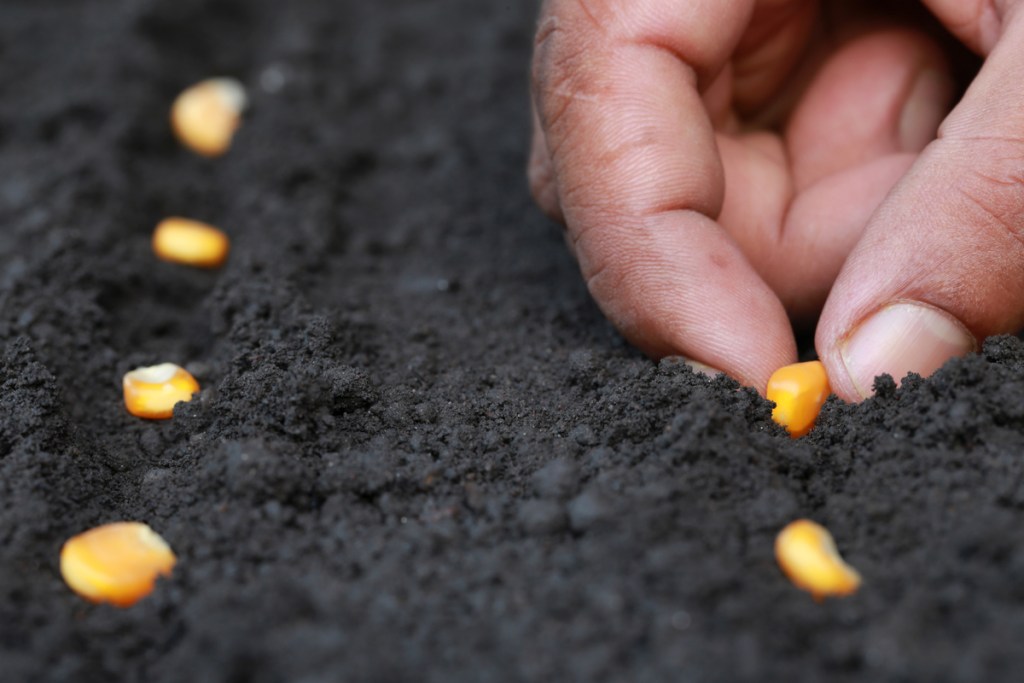
Why does it matter?
Knowing how to classify corn may seem like just a neat, fun fact to tell your friends, but there are some practical applications to it as well. It gives you a better understanding of how corn grows and how it can be used. Since corn is a grain, you could dry it out and grind it to make homemade corn flour for tortillas or cornbread. Knowing that it’s a vegetable can help you make decisions about how to eat your corn as well.
Since you know that corn kernels are fruit, you know where the seeds are and can easily grow your own corn. It also opens the door for you to have a little fun with your friends and family. Popcorn is technically a hot fruit snack (although that doesn’t automatically make it healthier), and knowing that can pave the way to all sorts of jokes.
Now you know everything there is to know about the classification of corn as a fruit, vegetable, and grain. Whether you plan on growing corn yourself or just wanted to know a little more about it, your curiosity has hopefully been satisfied. Maybe this question has piqued your interest in other ways, though, and you’ve been inspired to take a closer look at your garden and your shopping bag to see what other foods might secretly be fruits or vegetables, too.

